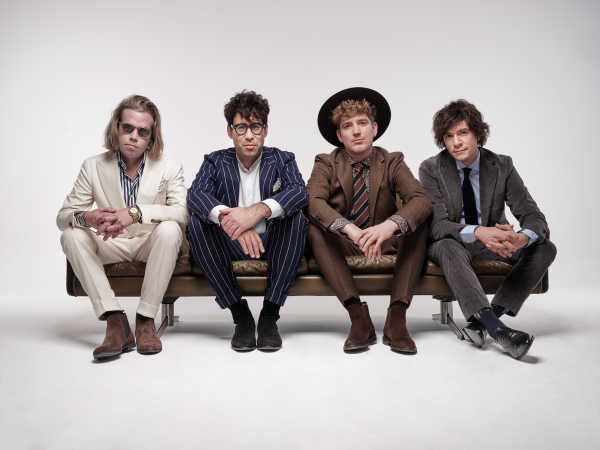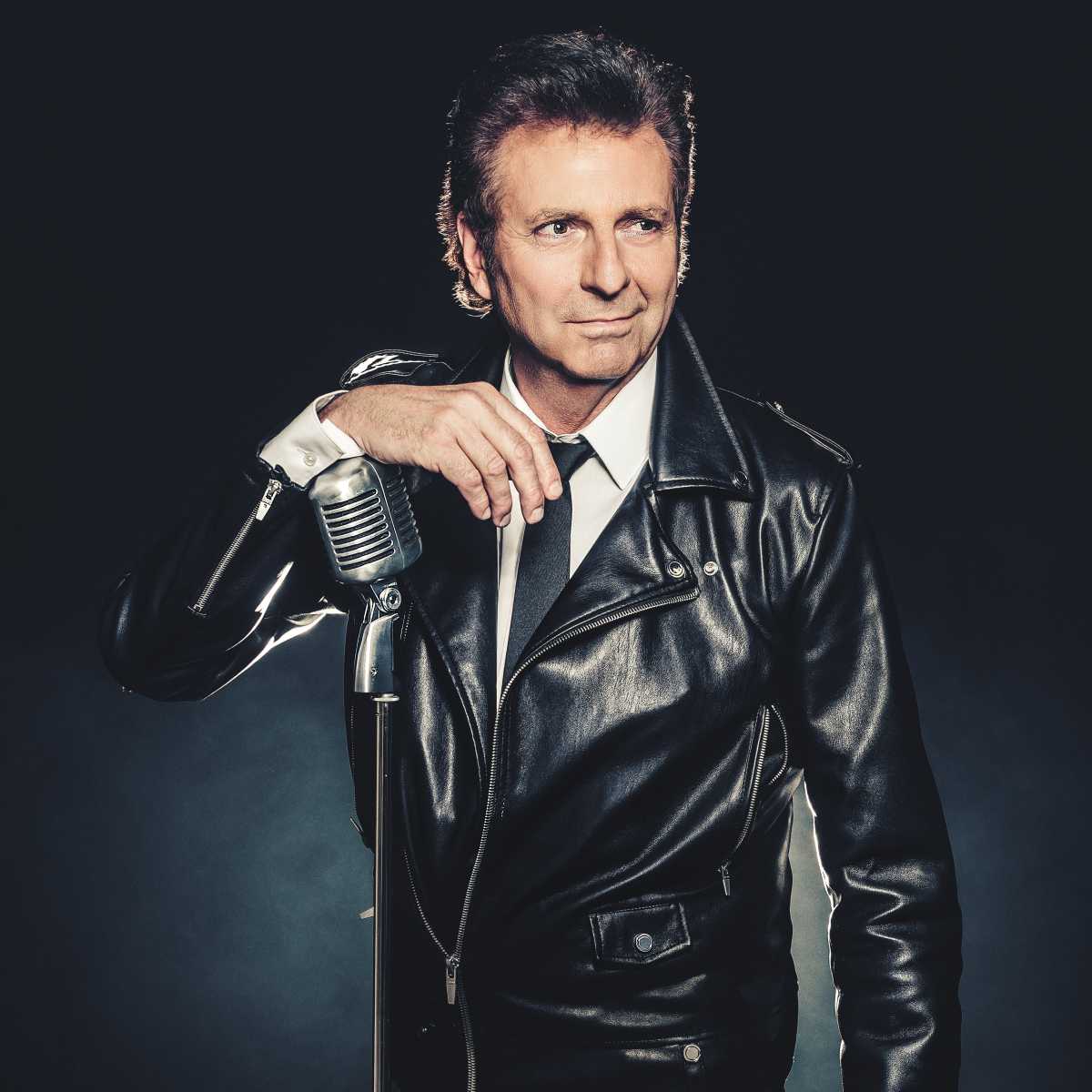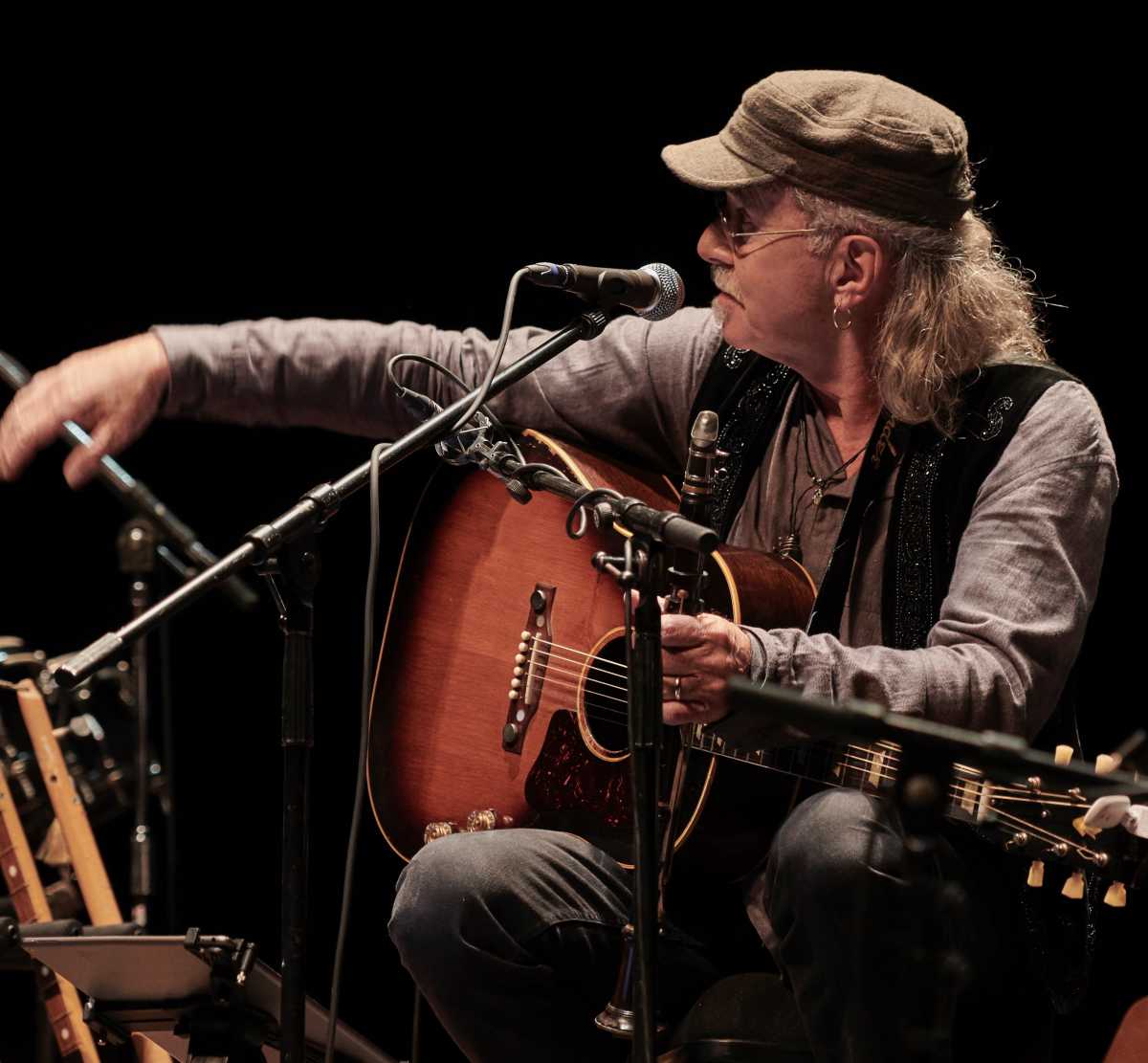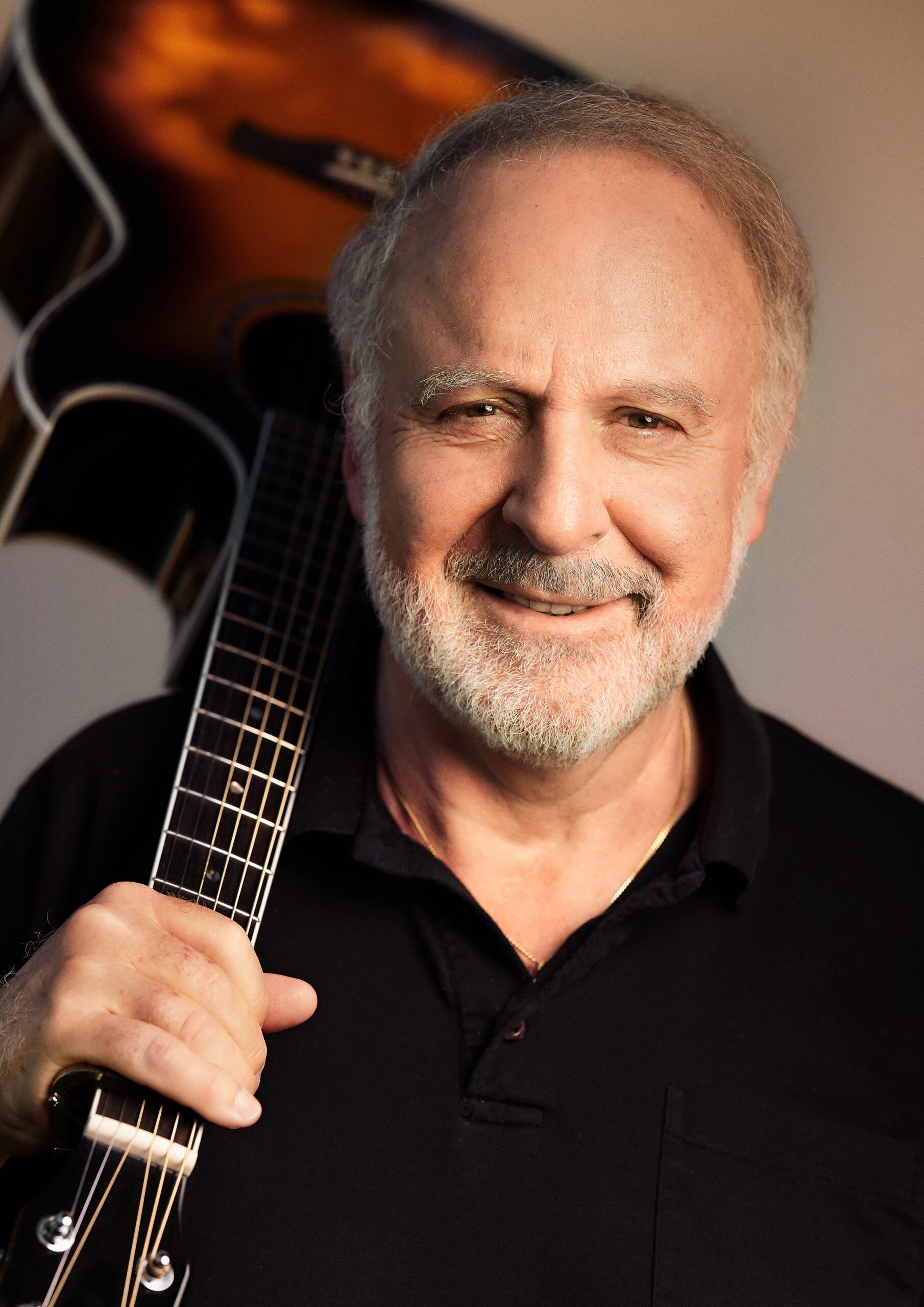by Greis

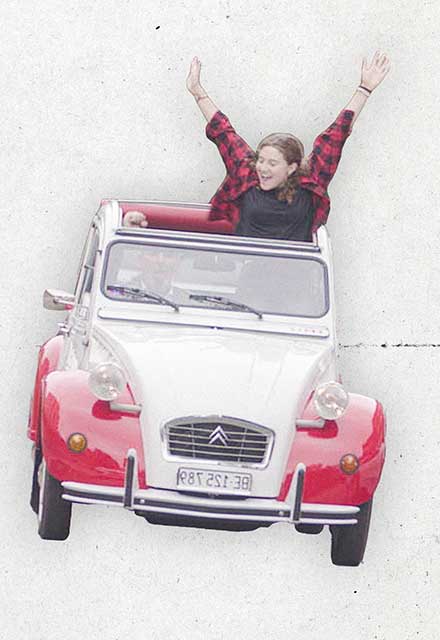
Enabling music since 1923
SUISA serves as a hub linking music creators and music users: together we ensure that the cycle runs smoothly. This enables new music to see the light and touch so many hearts.

SUISA Centenary!
Much has changed since 1923, both in the music business and for society as a whole. In the last hundred years, we have accomplished much together with our members, customers, principals, partners, sister societies and employees. Our centenary in 2023 offers the perfect opportunity to celebrate these achievements.
Congratulatory wishes
Celebrate with us!
Send us your message to pin up on our interactive Wall of Congratulations. We welcome all congratulations.
Contest
In its anniversary year 2023, SUISA organised various competitions with attractive prizes to be won.
The competitions are now closed. You can still put your knowledge of SUISA’s past music year to the test here.
There are no prizes to be won – but you can play for fame and honour.
Have fun!

Put your knowledge to the test!
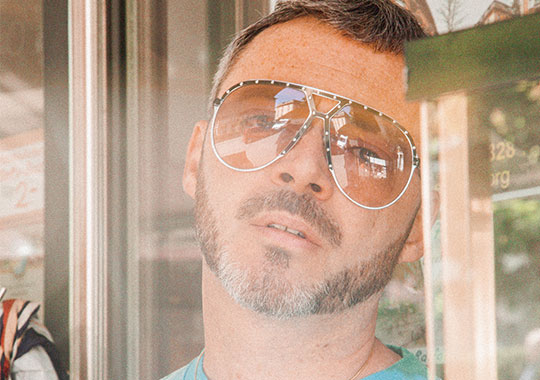
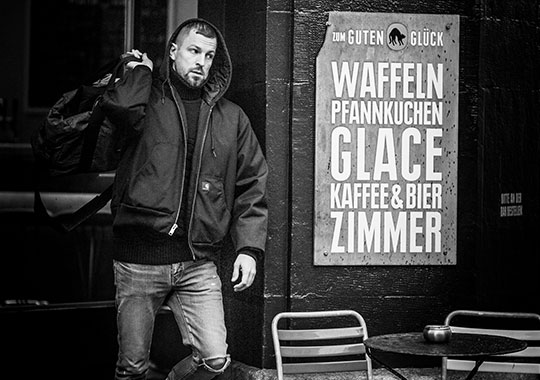

You may not win a prize, but imagine a cheering crowd in a concert stadium.
Try again!
Try again!
Try again!
Try again!
Journey in Time
Music box
1796 - Genevan watchmaker Antoine Favre-Salomon invented the music box, which was actually a mechanical instrument. Steel pins were positioned on a cylinder so that as it turned, steel teeth at set pitches played the composition.
The first Copyright Act – but no copyright society
1883 - Switzerland's first Copyright Act came into force 40 years before SUISA was established. Unlike neighbouring countries, Switzerland did not yet have a copyright society. However, from 1876 onwards, an agency for the French society SACEM provided French authors in Switzerland with the same legal protection as they received in France.Shellac record
In 1887, Emil Berliner patented a cheap way of reproducing the newly created record using a negative, followed in 1888 by the gramophone record player. In 1896, Berliner drove a quantum leap in sound quality thanks to a new shellac-based moulding material.
Looking for new sounds
Folk music, of rural origins, paradoxically began flourishing in Zurich. Ländler musicians delighted the masses with the support of the emerging media: radio and records. Big band sounds and swing rhythms arrived in Switzerland from the USA. Jazz bands were created. In luxury hotels, and soon ‘hot clubs’ as well, these musicians electrified audiences and set their toes tapping, particularly to the Charleston. Joséphine Baker delighted with her shows, and the same went for new music and twelve-tone techniques.
MECHANLIZENZ founded in 1923
SUISA’s history really begins in 1923 with the foundation of its predecessor organisation MECHANLIZENZ. The Copyright Act enacted in 1923 was decisive in its creation. MECHANLIZENZ was established as a joint-stock company in Bern on 22 June 1923. MECHANLIZENZ was established to license the production of sound recordings. This did not so much mean records, which were still in their infancy in 1923, as it did music boxes. Music boxes were mainly produced in the area around Yverdon and Sainte-Croix and were exported all over the world.
Bob Engel
Trumpeter Robert ‘Bob’ Engel put together Switzerland’s first permanent jazz radio orchestra for Radiostudio Genf in 1933. He would later perform with the ensemble under his own name at concerts like this one in Geneva. Engel was the first head of the SUISA branch opened in Lausanne in 1946.
Kasi Geisser
Clarinettist Kasi Geisser (right) caused a stir with more than just his innovative folk music (‘Xandi, isch das alles?’). As you can see, he also raised eyebrows with his provocative image. The ‘Ländler king’, a lover of composition, is pictured here with Emil Christen on the fiddle and Roman Stadelmann on the accordion.
First Music Broadcast over the Radio
The radio was initially reserved for the military, and later civil aviation in 1922. In the same year, the transmitter pictured here broadcast live music from Champ de l’Air above Lausanne to a discreetly installed speaker at Hotel Beau-Rivage d’Ouchy on the lakefront – astonishing the guests and marking the beginning of Swiss radio history.
Frank Martin / Jospeh Lauber
The composer Frank Martin (right) developed a personal style that combined classical music with the twelve-tone technique. He joined what is now SUISA in 1924. He can be seen here talking to his musical mentor, composer Joseph Lauber, at the Swiss Composers’ Festival in Neuchâtel in 1942.First balance sheet

From local sounds to light music
Under the banner of spiritual national defence, Swiss films such as ‘Gilberte de Courgenay’ enjoyed unprecedented success – and the same went for music. Some composers specialised in this field. After the war, a desire for entertainment and light styles took over. Télévision Suisse began broadcasting in 1953. This marked the beginnings of what would subsequently become the European Song Contest, starting in 1956. Music revolved between chanson, schlager (popular hits), swing and folk. The whole mingled with nostalgia and exoticism. And rock ’n’ roll...
GEFA becomes SUISA, 1941
The new Collecting Act of 1941 stipulated that only one society was empowered to collectively manage the rights to non-theatrical musical works, that this society required a permit, and that it should be subject to federal supervision. This prompted GEFA to change its status from an association to a co-operative. It also changed its name to SUISA, a contraction of ‘SUISse Auteurs’ (meaning ‘Swiss authors’).SUISA became operational on 1 January 1942 and moved into its new headquarters on the site of the former Rentenanstalt pension institution on Zurich’s Mythenquai.

Joining forces with MECHANLIZENZ
MECHANLIZENZ was regrouped with SUISA in 1958, although the two societies remained legally independent. The full merger came a few years later: the merger agreement was approved by the general meetings of both societies on 14 June 1980.Vinyl record, 1948
Synthetic PVC was used to replace the rare natural product shellac. This was not only cheaper and less fragile, it also improved sound quality and durability. Vinyl caught on with the Beatles. Although it was later superseded by the CD, it has been experiencing somewhat of a revival since 2016.
Cédric Dumont
Cédric Dumont (far right) was already composing for Teddy Stauffer and playing piano for Cabaret Cornichon at high school. In 1946 he founded the Schweizer Radio Entertainment Orchestra, putting his stamp on the ‘Beromünster sound’. He was appointed head of DRS Radio Entertainment in 1966 and of DRS Radio and TV Programming in 1974.
Teddy Stauffer
In the mid-1930s, Teddy Stauffer was delighting Berlin with his swing band ‘Original Teddies’. In 1940 he composed ‘S’Margritli’, the hugely popular song from the film ‘S’Margritli und d’Soldate’ in the Geist of national defence. The future ‘Mr. Acapulco’ can be seen here baton in hand during a film shoot.
Robert Blum
Composer and conductor Robert Blum wrote the music for numerous Swiss films, including ‘Fusilier Wipf’ (1938), ‘Gilberte de Courgenay’ (1941) and ‘Heidi’ (1952). This photo shows filming underway for ‘Uli the Farmhand’ (1954). His other works further illustrate the extent of his stylistic range.
Lys Assia
Lys Assia made her international breakthrough in 1954 with the song ‘O mein Papa’, from Paul Burkhard's 1939 operetta ‘Der schwarze Hecht’ (‘The Black Pike’). In 1956 she won the first Eurovision Song Contest with the song ‘Refrain'. This picture was taken at a concert in 1963.584 members

The soundtrack to a driven generation
Beat, Pop und Rock schlagen neue Töne an, bald inspiriert durch den Geist der 68er-Bewegung. Auch der Jazz öffnet sich und wird freier, einige Musiker experimentieren wie in der Neuen Musik mit Elektronik. Im Jazz werden Festivals zu wichtigen neuen Bühnen, im Folk zu Open Airs. Diese öffnen sich stilistisch und wachsen schnell. Ende der 1970er Jahre schaffen Punkbands den schrillen Soundtrack für die Unruhen von 1980: «Züri brännt» etwa ist kurz (45 Sekunden) und explosiv wie der Bandname TNT.
CAE (Compositeurs, Auteurs, Éditeurs) directory
The International Confederation of Societies of Authors and Composers (CISAC) charged SUISA with creating a list of all composers, lyricists and music publishers affiliated with a copyright society. Thus was born the CAE (‘Compositeurs, Auteurs, Éditeurs’, meaning ‘composers, authors, publishers’) directory, which was soon to contain the names of more than a million creators and publishers. In 1997, it was renamed IPI (Interested Parties Information) and can be consulted online by copyright holders all over the world.Compact cassette, 1963
Magnetic tape started being used in 1935, primarily in recording and radio studios. In 1963 it was adopted in compact cassettes, enabling people to make their own recordings. It became very popular in the ‘70s and ‘80s, right through to the 21st century, especially in children’s bedrooms.
Les Sauterelles / Toni Vescoli
Les Sauterelles gratified Switzerland with a late ‘summer of love’ at the end of 1967. In concert, the band fronted by Toni Vescoli (second from left) often performed in costume, bejewelled and with make-up. The single 'Heavenly Club’ soared to success in 1968, staying at the top of the Swiss charts for six weeks.
Openair Lenzburg
The first open air festivals, such as the Lenzburg Folk Festival first held in 1972 on an idyllic castle hill, mostly offered acoustic folk music. This image shows the fourth Lenzburg festival in 1975, featuring Pfuri, Gorps & Kniri, who created music using everyday objects.
Alain Morisod
In 1971, Alain Morisod (far left) had his first hit with the instrumental piece ‘Concerto pour un été’, enjoyed as far away as Brazil. The photo shows him in 1974 with the group Sweet People. In 1982, his idol Arlette Zola came third in the Eurovision Song Contest with the song ‘Amour on t’aime’which he co-authored.
Mario Robbiani
The Orchestra Radiosa, founded in 1940, was the driving force behind musical creation – jazz, canzone or dance music – in Italian-speaking Switzerland for fifty years. Mario Robbiani (right) and Fernando Paggi wrote countless pieces and collaborated with artists including Mina, Gilbert Bécaud and Toto Cutugno (centre).
Bruno Spörri
Jazz musician Bruno Spoerri, seen here during a concert with Groupe Instrumental Romand at Radiostudio Genf in 1975, started pioneering the use of electronic sound generators in 1965. At the time, critics were divided, calling him either ‘the future’ or ‘a horrendous blight’ for music. In 2013, it was discovered that rapper Jay-Z had sampled the music from ‘Lilith’ without permission.
Punk
Punk: studded jackets and mohawk haircuts mandatory, disco trousers forbidden? In 1979, in the 'Eiskeller' in Adligenswil, punk was wild! This picture shows a fan of the group Chaos on the ground before Ferdi Spaeti, in pink PVC trousers on the guitar, and Urs Knüsel, later to become well known with the band Crazy, at the microphone.CHF 11.4 million
Total income for 1960 was CHF 11.4 million, exceeding the 10 million mark for the first time. Total income for 1959 was CHF 9.4 million.
New trends from both people and machines
Pop was shaped by electronic sounds; Yello created entire songs using this, making a global impact as electropop. Private radio stations expanded their musical offerings. CDs gained a firm foothold, and PCs gradually enabled music to be produced at home. Dance, trance and house became the soundtrack for dancers during parades that drew increasingly large crowds. Music in the Alemannic dialect experienced a boom. For popular music, a new generation livened up their tracks with touches ranging from jazz, to techno, to new music.
First foundation for music
At SUISA’s general meeting in 1987, Michel Bühler, the composer and writer from French-speaking Switzerland, proposed the idea of a central structure to support Chanson. This resulted in the creation of the ‘SUISA Foundation for music’ in 1987. Since renamed FONDATION SUISA, the foundation is based at the ‘House of Music’ in Lausanne and is committed to promoting musical creation in Switzerland and abroad.FONDATION SUISA is funded by 2.5% of SUISA’s revenues from domestic performance and broadcasting rights and donates around CHF 2.5 million per year to music projects, grants and other activities.
MP3 files, 1991
The MP3 format hugely reduced music data volumes without significant loss of quality. This meant that music could be downloaded and exchanged on the World Wide Web (1989), soon to be done in mass and illegally. The smartphone became the music player of choice with the arrival of the iPhone (2007).
Kleenex
The all-female band Kleenex (LiLiPUT from 1979 onwards) completed the evolution from fierce punk to cool new wave, attracting attention in the USA and the UK. Here the original line-up performing at the Spex club in Bern in 1978 (from left): Marlene Marder, Regula Sing, Klaudia Schiff and Lislot Ha.
Furbaz / Marie Louise Werth
The quartet Furbaz from the Grisons won the Swiss qualifying round for the Eurovision Song Contest in 1989. With their song ‘Viver senza tei’ written by singer Marie Louise Werth, the group was the first to perform a song in Romansch at the Eurovision final. Marie Louise Werth sat on SUISA’s Board from 2015 to 2023.
Nella Martinetti/Atilla Şereftuğ
Canadian singer Céline Dion (right) won the 1988 Eurovision Song Contest for Switzerland with the song ‘Ne partez pas sans moi’. The lyrics were written by Ticino singer and composer Nella Martinetti (centre) and the music by Turkish-Swiss composer and music producer Atilla Şereftuğ (left).
Marco Zappa
Ticino guitarist and singer Marco Zappa is much more than just a Cantautore and songwriter – over the decades he has proved himself to be both stylistically and linguistically versatile. This photo shows him (centre) during a 1980 performance at the old Stadttheater Winterthur as part of the Swiss Hitparade. Marco Zappa was a member of SUISA’s Board from 1987 to 2006.
Young Gods
In 1987, the Young Gods released their eponymous debut album, effectively combining pounding live percussion and evocative vocals with samplings of screeching e-guitars and classical interjections. The English music press saw them as the future of rock music, and they were soon impressing such greats as David Bowie and U2’s The Edge.
Christine Lauterburg
In 1994, Christine Lauterburg’s singing and yodelling on the album ‘Echo der Zeit’ was so enthusiastically hearty and free, and the accompanying technopop so lush, that a whole new generation suddenly took a shining to folk music. She said that at the time she was increasingly yodelling ‘Juchz’, a natural, almost international, form of yodelling without words – which even New Yorkers could understand.CHF 32.3 million
Income from mechanical rights in 1999 was CHF 32.3 million. The turn of the century saw a peak in mechanical reproduction. This period also represented a turning point: from 2000 onwards, remuneration from private copies and income from online use (downloads and streaming) began to replace income from mechanical rights.
The internet transforms the world of music
DJs and rappers stormed the charts, as did children’s songs. In German-speaking Switzerland, dialect remained popular, with High German also back in force for variety. Even hardcore rock found niches all over the world. The World Wide Web proved to be a powerful factor in transforming the dissemination of music. Only streaming platforms offered a cure for the plague of free downloads. Games and social media platforms such as TikTok opened up new options for musicians, whilst vinyl experienced a revival.Streaming-Platform
Music could already be streamed directly online before 2000. However, from 2003 onwards, MySpace offered an innovative streaming platform with a large music collection and social media functionality. Attractive flat-rate subscriptions gradually reduced illegal offerings from 2010 onwards.
Mint and SUISA Digital Licensing: an important step into the future
The principle of territorial rights management does not apply to online music usage. Moreover, online licensing of music usages presupposes that the collective rights management organisation has at its disposal the requisite processes and IT infrastructure. As a result, many organisations - including the larger ones – started to establish what are known as licensing hubs.SUISA has been investing in its informatics infrastructure since 2006 to have the capacity to process the huge volumes of data on the online platforms. As a result, SUISA was in a good position to compete with these international organisations. In 2017, SUISA established Mint Digital Services in joint venture with SESAC Holdings, a US music rights organisation. The company is responsible for the management and accounting of the transnational music licensing business with online providers. The licensing of international online music platforms is handled through SUISA Digital Licensing, a subsidiary also created in 2017, with its registered office in Liechtenstein.
Both Mint and SUISA Digital Licensing offer their services to other collective rights management organisations and music publishers. In 2022, the two companies combined managed the online business of 22 collective rights management organisations and 4000 publishers.

DJ Tatana
DJ and trance producer DJ Tatana made her international break-through at the Zurich Street Parade by combining her own albums with innumerable specific compilations and singles created for the mega event and the large-scale parties that came with it. She was often to be found at the decks, like here at Zurich’s OXA club in 2004.
Gotthard
Steve Lee’s striking vocals drove the melodic hard rock of Gotthard, Switzerland's most successful rock band after Krokus. He is pictured here at the Gotthard Pass in 2008. Two years later, over 3000 fans gathered at the same spot to commemorate the singer following his fatal accident. At the same time, nine singles and 13 albums of the Ticino band made a comeback on the Swiss charts.
Zeal & Ardor
Just as Celtic Frost pioneered thrash metal in 1984, Zeal & Ardor attracted huge international attention in 2016 with their unique combination of gospel, blues and black metal. On their debut album, Manuel Gagneux (centre) played alone, but for live shows he performs with a band.
Heinz Holliger
Heinz Holliger says that he could write music anywhere since he composes in his head. However, it is here in his study that the oboist, composer and conductor finds the necessary peace and atmosphere. Among his main works are the opera ‘Schneewittchen’ (‘Snow White’) and ‘Scardanelli Cycle’; his many awards include the Ernst von Siemens Music Prize and the Swiss Grand Prix de la Musique.
Danitsa
Danitsa’s songs move between hip-hop, reggae, soul, funk and trap. The singer, songwriter and producer was elected Best Act Romandie at the Swiss Music Awards in 2018 and 2022. This photo shows her recording her album ‘Sycle’ in a studio in Los Angeles in 2021.CHF 137 million distributable income
Increasing revenues (after deduction of costs) also resulted in higher distributable income. This amounted to 137 million francs in 2019, a record year. Today, SUISA is able to distribute around 87 francs from every 100 collected to authors and publishers. This puts the average cost deduction at 13%.Louis gets it!
What Suisa's really all about
Hairdresser Louis discovers the SUISA universe in a multi-episode video series. In so doing, he meets well-known musicians like Loco Escrito and Marius Bear, gives us a fascinating glimpse behind the scenes of events and music productions, and drops in on SUISA in Zurich.
Episode 1 – What the SUISA!?
In the first episode, something awful happens: Louis’s first bill from SUISA comes fluttering into his salon. The “hair (ar)tist” hasn’t a clue what SUISA, whoever that may be, wants from him. Is this legal? Louis sets out to find some answers.
Do you play background music in your business? Then you need a licence from SUISA. For further info: → www.suisa.ch/3a
Episode 2 – Return on Investment
It’s that SUISA again! The owner of the Bierhübeli Club in Bern, a veteran of the music business, explains to Louis how SUISA works at concerts, what a hitbox is and why, on top of their fees for concerts, musicians also receive money from SUISA. What was that about “return on investment”? The advertising agent advises Louis to produce a spot to promote his business.
Are you planning to organise a concert, party or other non-private event with music? For further info: →www.suisa.ch/k
Episode 3 – The Radio Spot
Here a copyright fee, there a copyright fee …. Louis is fuming! All he wanted was a radio spot with some good music to promote his hair salon “Deux Cheveux”. Producer Henrik sheds some light on the matter. And Loco Escrito provides the right sound for the spot.
Are you planning to use music in a commercial or video? For further info: →www.suisa.ch/vn
Episode 4 – La fête
Louis can hardly believe it: SUISA is lurking at the wine festival too! Antoine, one of the organisers, explains why he also has to pay SUISA’s fees. And Yvan, Louis’s ex-wife’s boyfriend, a musician, is very grateful to be paid for his work through SUISA.
Are you planning to use music at your event? Read more on our website: →www.suisa.ch/veranstaltungen
Episode 5 – In the Jungle
Louis still doesn’t really grasp what SUISA is all about. He decides to venture into the lioness’s den with his daughter Sophie. How does SUISA work? What portion of the proceeds does SUISA keep for itself? Is it making enough profit to assure its employees fun and games in a golden palace?
Read more about SUISA on our website: → www.suisa.ch/en
Episode 6 – Gampel*en
“Hair (ar)tist” vs artist: in Marius Bear, Louis chooses the wrong man to go up against. The musician is not at all amused by the fact that Louis doesn’t want to pay for using music in his salon and finds his own way to convince him. Find out how Louis loses his footing and finally recognises the value of music in the sixth and last episode of the SUISA series “Louis gets it!”
Discover why music brings added value to your business and customers at → www.suisa.ch/3a

What the SUISA!?

Return on Investment

The Radio Spot

La fête

In the Jungle

Gampel*en
Blog posts Centenary

100 years of SUISA

From Avantgarde to sounds for the masses

First stamp with augmented reality and music

How Switzerland learned to rock’n’roll

How a hairdresser discovers SUISA

The “Ländler” originated in the city of Zurich

Song for SUISA’s 100th anniversary





